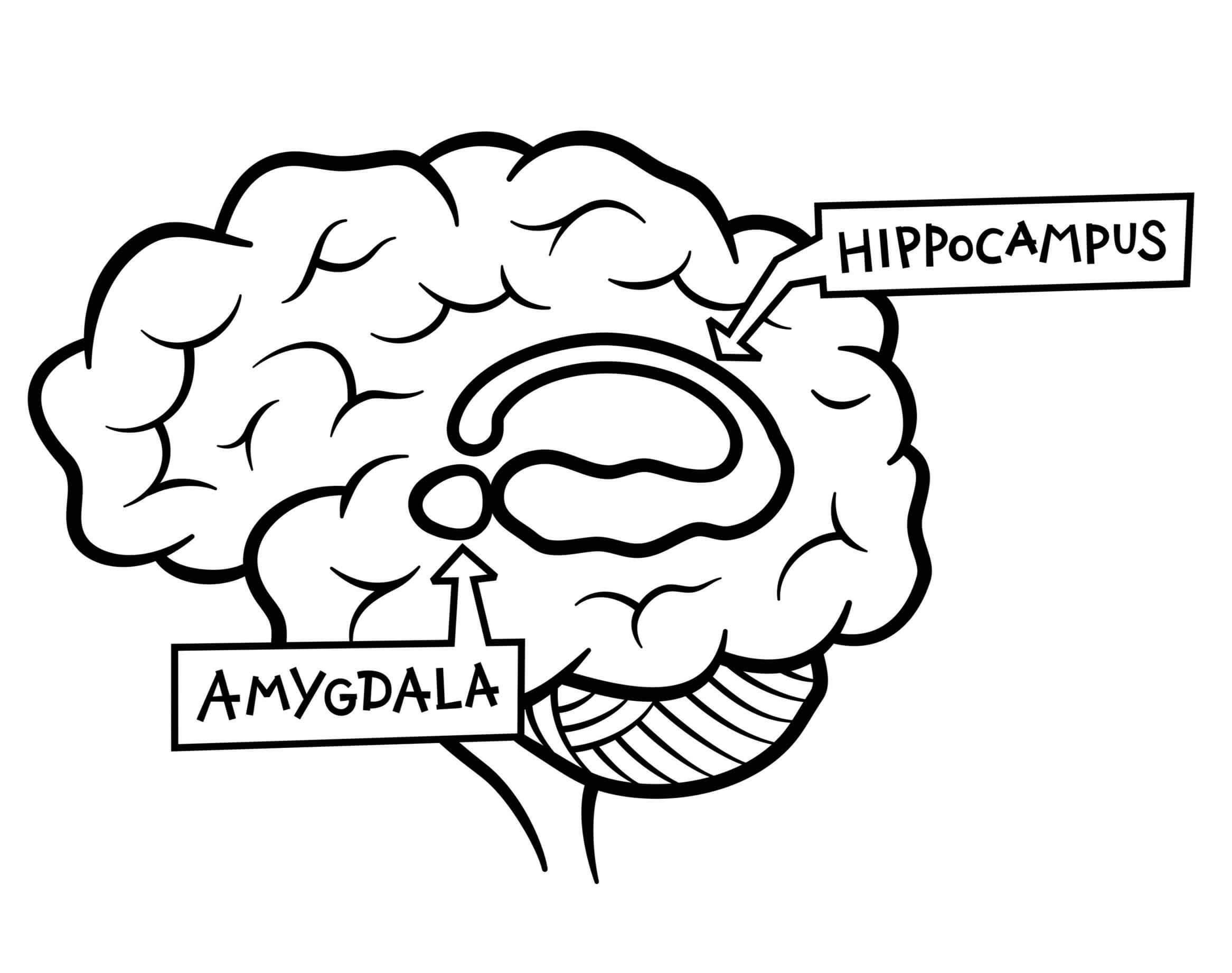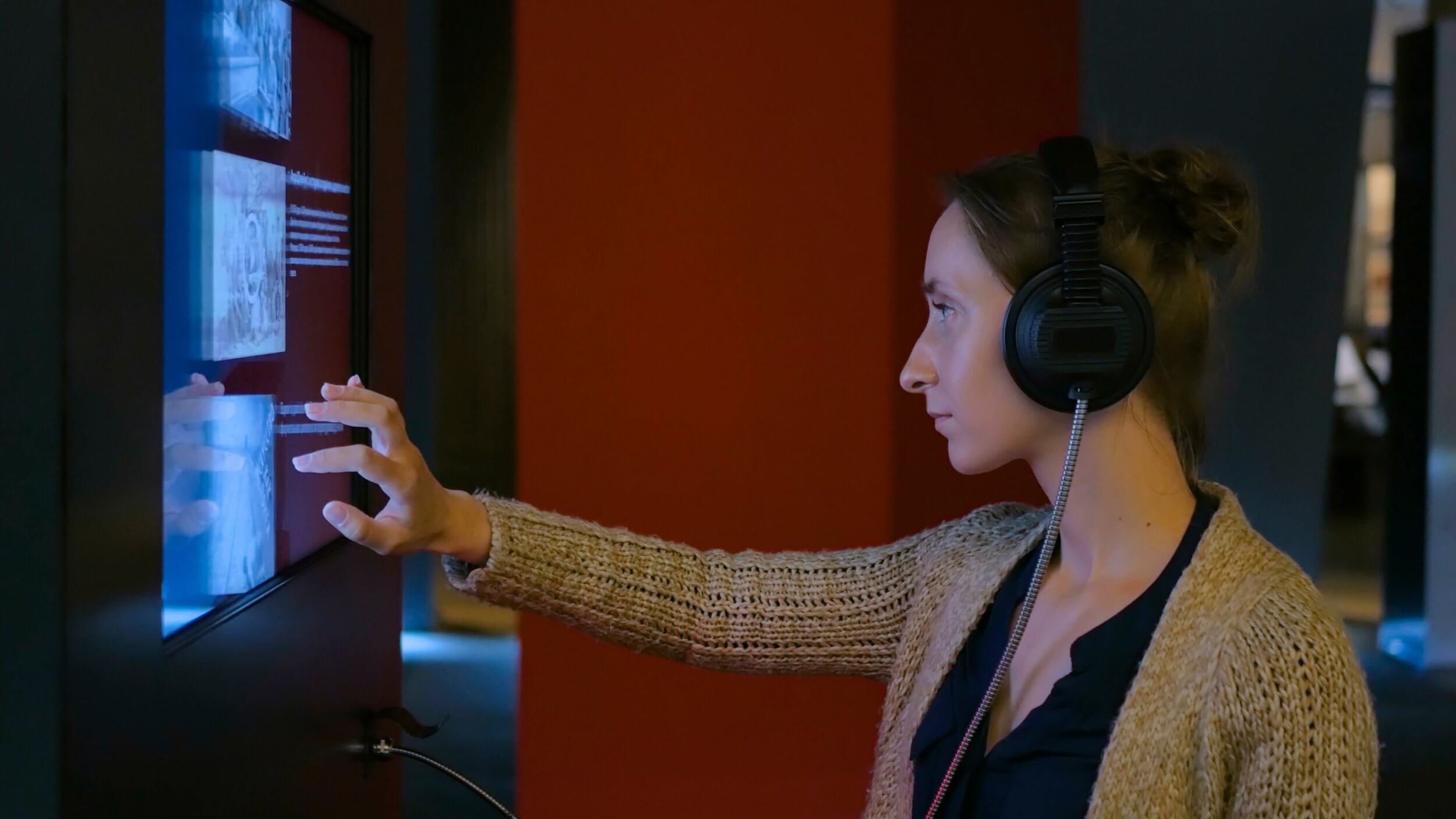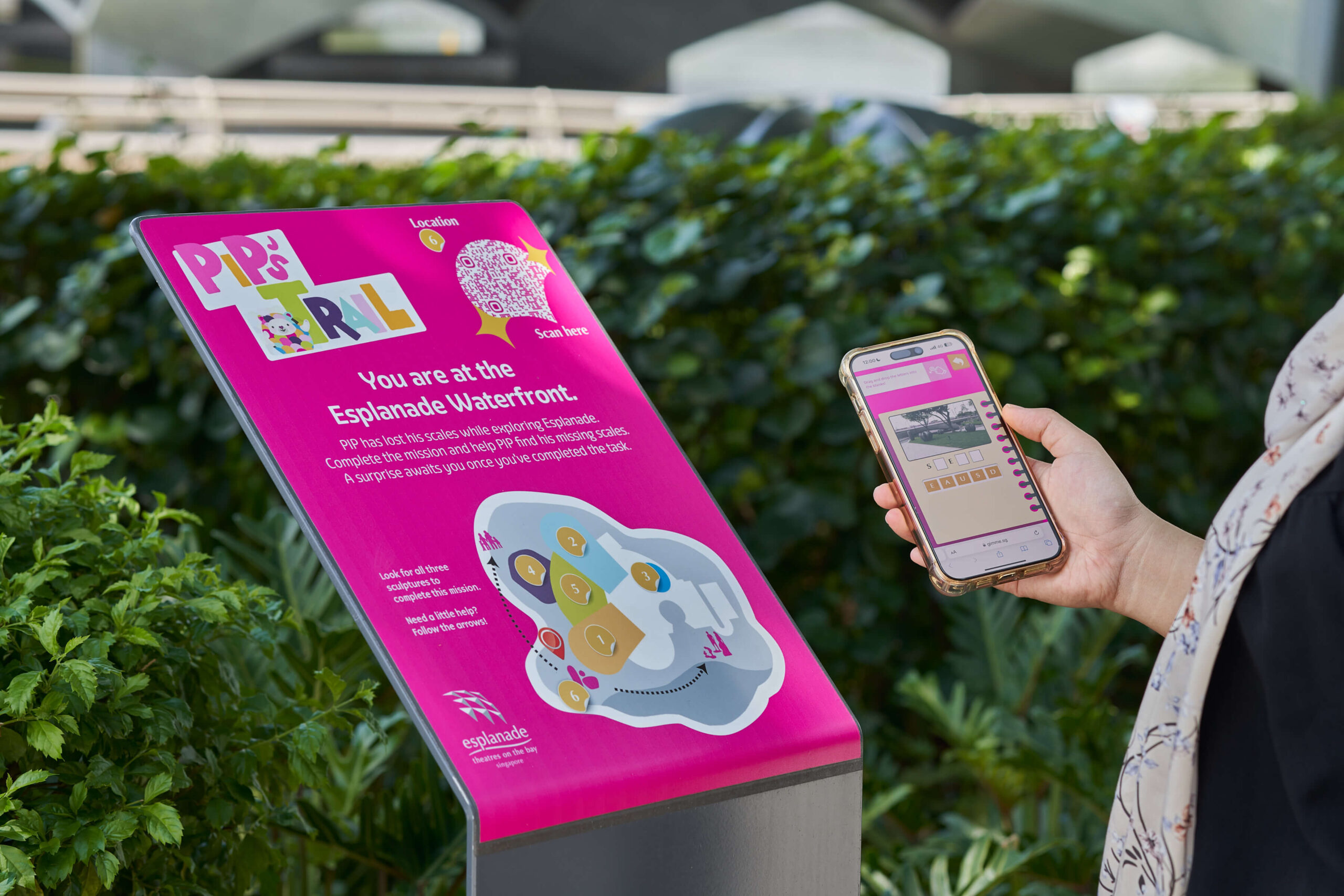We have all experienced the power of a good story. But have you ever wondered why we are so drawn to them? As it turns out, our brains are hardwired for stories. You could even say that we are born with a story instinct.
In the realm of user experience, understanding the neuroscience of stories and how they affect people can unlock new dimensions in the ways that we engage with audiences. This month, we look at the brain science behind stories and storytelling.
Dopamine boost: The feel-good impact of a story
Unlike facts and data, stories can activate five times the neural activity in our brains, creating stronger engagement and impact.
When we encounter positive stories with a strong emotional component, it triggers the release of dopamine in our brains. Dopamine is a neurotransmitter and hormone associated with feelings of satisfaction, happiness, and motivation. Besides making us feel good, it also augments our ability to remember information.

Research in cognitive science and psychology suggests that emotions and feelings have a stronger impact on memory retention than facts or figures. This is because emotional experiences activate the amygdala, a part of the brain involved in emotional processing, which in turn influences the hippocampus, the brain region associated with memory formation. This connection enhances the likelihood of emotional memories being encoded more deeply as well as recalled more easily than non-emotional information.
To create a memorable experience, we need rich storytelling that resonates emotionally with audiences. This not only allows the key message or messages to remain in their memories for a long time, it may even motivate audiences to change their behaviour or spur them to take the desired action.
Neural coupling: We are social
Research suggests that story engagement also leads to neural coupling in the brain. This phenomenon refers to how a story recipient’s brain activity mirrors the storyteller’s intended story flow and pattern of thinking. In essence, neural coupling allows audiences to feel connected with the storyteller through the story.

Furthermore, as humans are inherently social, neural coupling may also allow us to react collectively to the same story in similar ways. Since time immemorial, storytelling has been a powerful tool for transmitting important information and values. It creates a shared experience in a community, allowing a group of people to connect on a deeper level through narratives.
Activating the senses
Have you ever felt so invested in a story that you felt transported to a different world? Compelling storytelling can create an immersive experience for your audience more effectively than facts and information ever will.
Stories have the power to activate multiple sensory and motor cortices in our brains, allowing audiences to imagine or form a mental picture of the sights and sounds described in the story. Creating immersive storytelling in an exhibition allows audiences to experience a story from moment to moment, making it memorable and exciting.
Narrative transportation describes the sensation of being so engrossed in a story that audiences are able to imagine themselves experiencing the emotions and perspectives of the characters. This immersive feeling makes them more likely to adopt the beliefs, behaviours, and attitudes presented in the narrative, making storytelling a powerful tool for persuasion and behavioural change.
Oxytocin synthesis: Boost empathy
Our brain’s mentalising network is activated when we feel engaged in the story world, helping us to empathise with other people’s thoughts and feelings. In exhibition design, stories can help audiences understand different perspectives of the historical figures, artists, or subjects better.
One of the most compelling pieces of evidence comes from the study of oxytocin, often referred to as the “love hormone”. Oxytocin is associated with positive feelings, reduced stress and anxiety, and better relaxation and trust.
Our brains produce oxytocin when we feel trusted or experience acts of kindness, and it enhances our ability to empathise with others. The amount of oxytocin released during storytelling can even predict how willing people are to help others!
Enhancing focus and attention
There is no doubt that good storytelling can help visitors’ process complex information and make effective connections in different parts of an exhibition. Without a strong narrative, it would be challenging to hold on to your audience’s attention.
Conclusion: A deep and profound connection
Incorporating storytelling into experience design is not just a creative choice; it is a scientifically backed strategy that leverages the brain’s natural tendencies to associate feelings, rather than facts, with key memories.
By crafting compelling narratives that build tension and offer resolution, we engage audiences in our storytelling. This in turn fosters empathy, deepens connections and drives meaningful action.
When we tell stories, we tap into a powerful neurological process that can transform the way people think, feel, and act. At HOL, that is how we move hearts and change minds.
References
Newell, M. (2023, August 11). The neuroscience and craft of storytelling. The Storytelling Business. https://thestorytelling.biz/how-to-leverage-neuroscience-to-tell-engaging-stories/#:~:text=Neural%20coupling%20also%20takes%20place,line%20with%20those%20feelings%20too.
Westover, J. H. (2024, January 11). The power of storytelling: how our brains are wired for narratives. HCI Consulting. https://www.innovativehumancapital.com/post/the-power-of-storytelling-how-our-brains-are-wired-for-narratives#:~:text=Stories%20allow%20us%20to%20simulate,helps%20create%20empathy%20and%20understanding.
Peterson, Lani. “The Science Behind The Art Of Storytelling.” Harvard Business Publishing, March 1, 2024. https://www.harvardbusiness.org/the-science-behind-the-art-of-storytelling/#:~:text=Scientists%20are%20discovering%20that%20chemicals,emotional%20responses%2C%20keeps%20us%20engaged.




